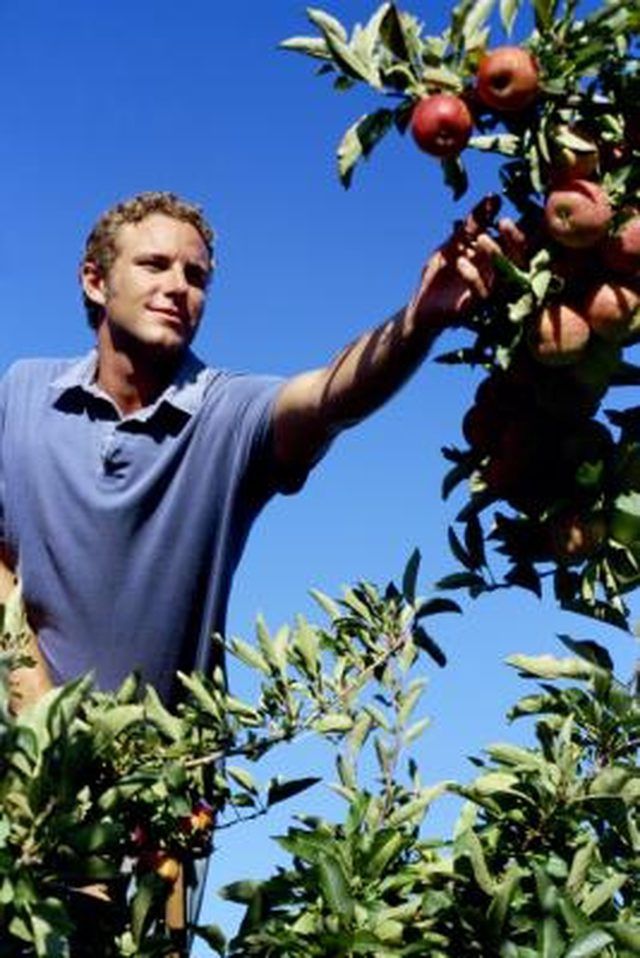Bulbs
Flower Basics
Flower Beds & Specialty Gardens
Flower Garden
Garden Furniture
Garden Gnomes
Garden Seeds
Garden Sheds
Garden Statues
Garden Tools & Supplies
Gardening Basics
Green & Organic
Groundcovers & Vines
Growing Annuals
Growing Basil
Growing Beans
Growing Berries
Growing Blueberries
Growing Cactus
Growing Corn
Growing Cotton
Growing Edibles
Growing Flowers
Growing Garlic
Growing Grapes
Growing Grass
Growing Herbs
Growing Jasmine
Growing Mint
Growing Mushrooms
Orchids
Growing Peanuts
Growing Perennials
Growing Plants
Growing Rosemary
Growing Roses
Growing Strawberries
Growing Sunflowers
Growing Thyme
Growing Tomatoes
Growing Tulips
Growing Vegetables
Herb Basics
Herb Garden
Indoor Growing
Landscaping Basics
Landscaping Patios
Landscaping Plants
Landscaping Shrubs
Landscaping Trees
Landscaping Walks & Pathways
Lawn Basics
Lawn Maintenance
Lawn Mowers
Lawn Ornaments
Lawn Planting
Lawn Tools
Outdoor Growing
Overall Landscape Planning
Pests, Weeds & Problems
Plant Basics
Rock Garden
Rose Garden
Shrubs
Soil
Specialty Gardens
Trees
Vegetable Garden
Yard Maintenance
How to Prune Mature Apple Trees
How to Prune Mature Apple Trees. Growing apple trees in your yard can be an enjoyable and productive endeavor. In-depth knowledge about how apples grow and the best methods of cultivation are important factors in producing a healthy crop. Planting location, fertilization, pollination, and irrigation are all important considerations. Careful...

Growing apple trees in your yard can be an enjoyable and productive endeavor. In-depth knowledge about how apples grow and the best methods of cultivation are important factors in producing a healthy crop. Planting location, fertilization, pollination, and irrigation are all important considerations. Careful pruning allows sunlight into all areas of the tree to help produce good fruit. Mature trees and young trees require different methods of pruning.
Things You'll Need
Hand shears
Lopping shears
Saw
Work gloves
Sterilize pruning equipment with a solution of one part household bleach to 10 parts water, to prevent spreading diseases among trees.
Stand back and visualize the tree in its best shape. Branches should radiate from the apple tree trunk like the spokes of a wheel. Make note of any branches that are out of this optimal shape.
Cut off small suckers growing from the bottom of the tree or between branch crooks with a small hand-pruning tool.
Remove broken or diseased limbs with lopping shears or a saw, depending on the size of the branch.
Cut off downward angling branches and those that block sunlight from large interior branches.
Remove any branches that rub against others. This action can cause injury that allows insects or disease to enter through the wounded area.
Cut off branches that grow from the same whorl. Keep the healthier of the two branches.
Cut back overgrown branches at the top of the tree that extend beyond the highest buds.
Divert branches growing in the wrong direction from the central leader by cutting them back to a bud or twig that grows in a more desirable direction.
Limit branch growth from the central leader by pruning back to a weak bud or lateral twig.
Tips & Warnings
Standard apple trees may grow too tall for convenient pruning and care. Many growers prefer dwarf varieties for easier pruning and maintenance.
Prune trees late in the dormant season.
When pruning trees that produce small, poorly-flavored fruit, remove 4 to 5 inches in one year, and spread out additional pruning cuts over two or three years, according to Iowa State University horticulturalist Richard Jauron.
Do not prune the top of the tree severely. This action causes dense crown growth that does not allow light and pesticide sprays to reach all parts of the tree. This type of pruning also makes it more difficult to harvest fruit and encourages weak growth, according to Ohio State University's Pete Lane.